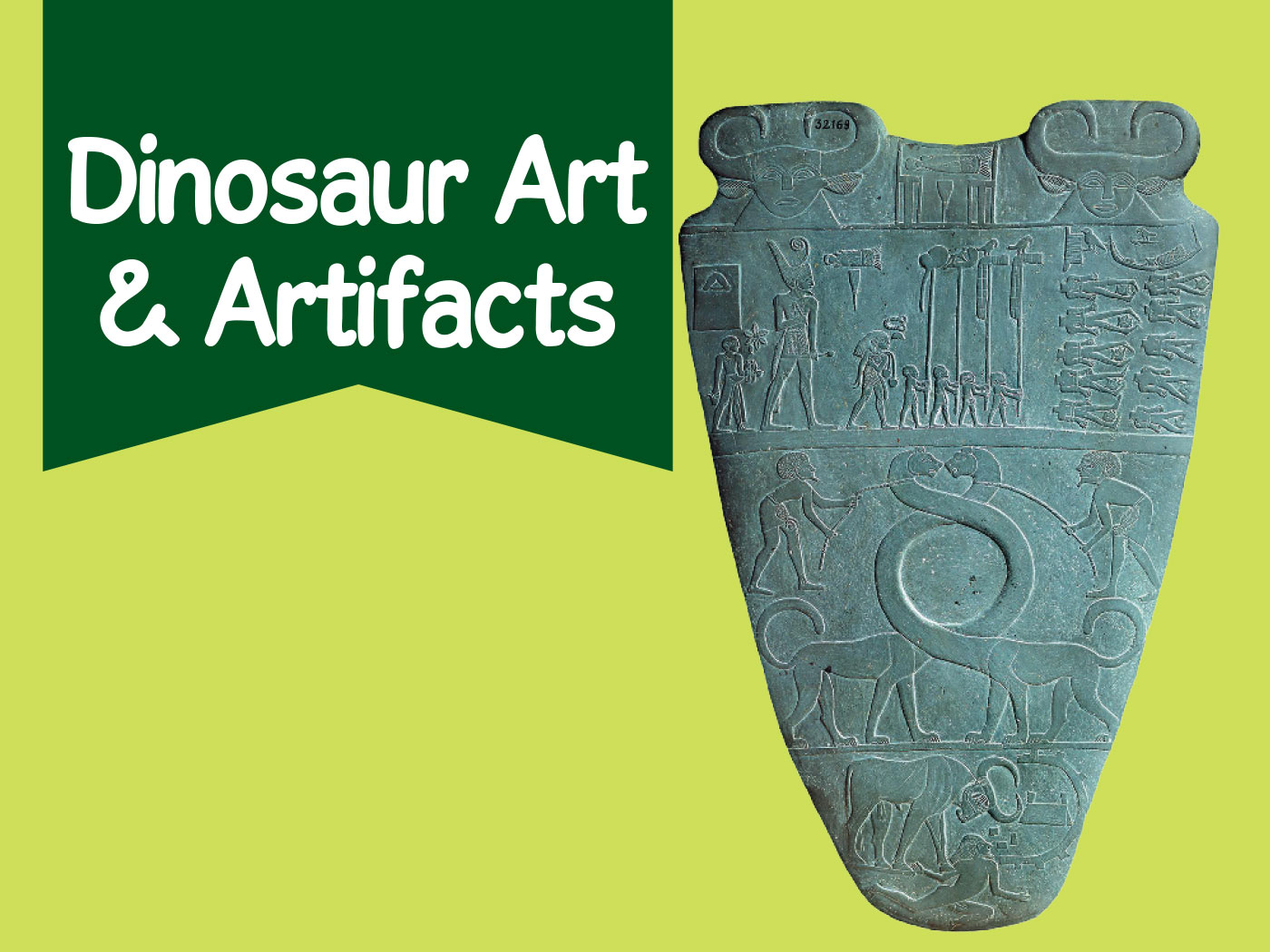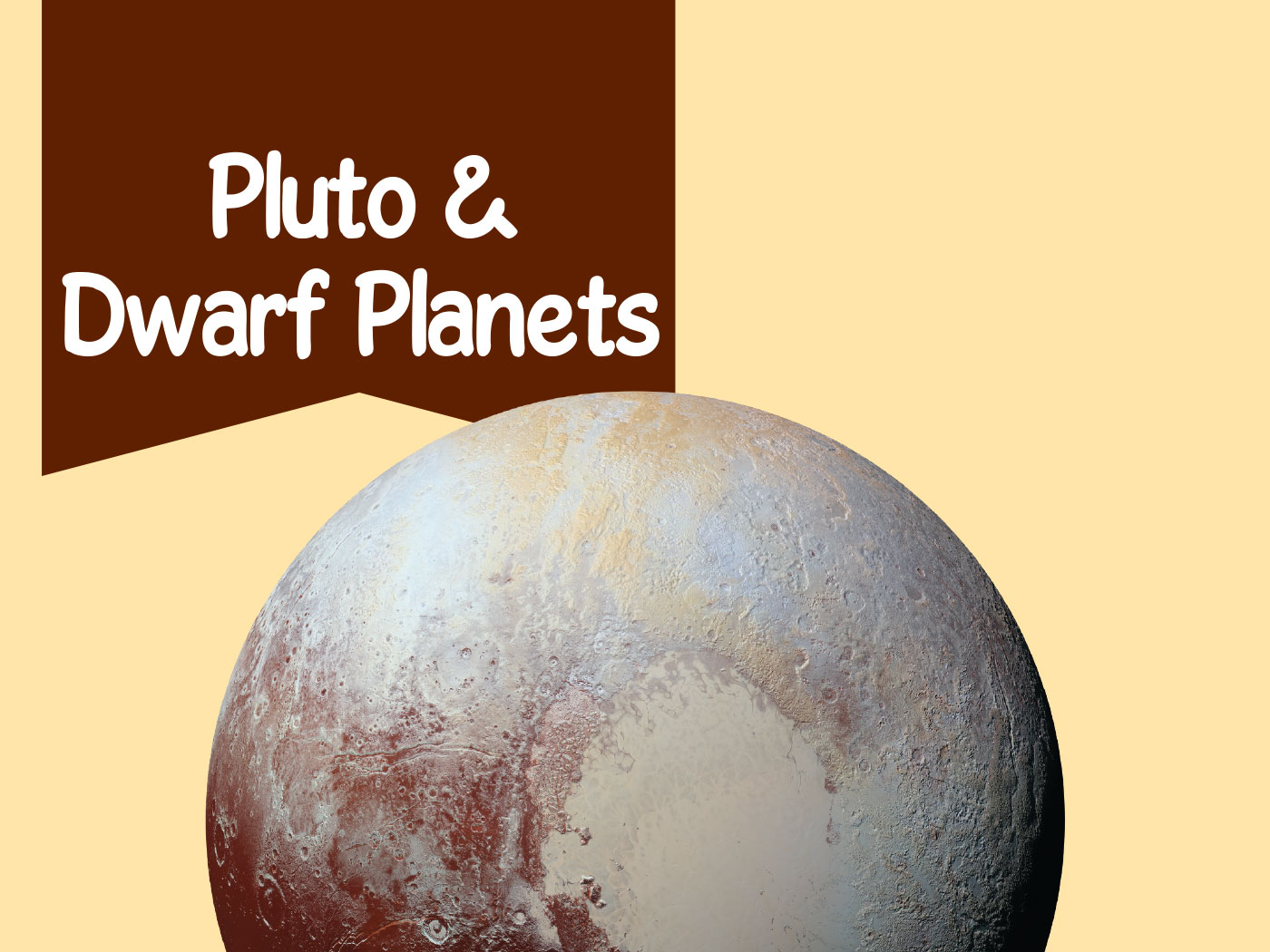Secular scientists have uncovered new evidence indicating the Martian crust may be a lot younger than they previously thought. Unfortunately, they haven't come up with a date based on factual data, but are still relying on dates based on unfounded evolutionary assumptions.
For many years, evolutionary scientists have tried to figure out why meteorites, which they believe came from Mars, have age estimates that are wildly different from each other. Martian meteorites are identified based on their unique chemistry that matches the chemistry of the Martian atmosphere, earlier identified by NASA unmanned spacecraft. Presumably an extraterrestrial object struck Mars and "launched" rock fragments into space, and those fragments eventually arrived here on Earth.
Most of the debate centers on a particular type of Martian meteorite rock known as "shergottite." The vast majority of Martian meteorites are classified as shergottite—rocks similar to basalt that form on Earth by the cooling of iron and magnesium-rich magmas.
In the past, some uniformitarian scientists have estimated the age of shergottite meteorites at 175 million years, whereas another group of evolutionary scientists have determined shergottites are more than 4 billion years old.1,2 The older estimated ages were determined from uranium-lead isotope studies of whole rock samples, whereas the younger dates were determined from individual minerals in the meteorite samples, using similar radiometric techniques. Millions or billions is the question in evolutionists' minds. Thus, they have created the so-called "Shergottite Conundrum" for themselves.
A new study, published in Nature, has attempted to solve this evolutionary dilemma.3 In order to explain both dates—and support their ancient history based on radioactive decay of uranium isotopes—these scientists have proposed a complicated melt history for the Martian crust. To explain the older estimated ages, they have proposed that the early Martian crust formed around 4 billion years ago. Then, to justify the younger estimated ages, they have proposed a renewed volcanic episode that occurred on Mars around 187 million years ago. This newer volcanic activity re-melted some of the older crust, making it appear younger.3 So, to explain the younger dates in most Martian meteorites, we are supposed to believe that most of the crust re-melted during a later planet-wide volcanic episode, and this newer melt preserved some of the older crustal rocks in the process.
The evolutionists justify their younger meteorite estimated ages by explaining, "This is consistent with many mineral isochrons from previous studies such as the value of about 200 Myr [million years] obtained from high-precision measurements for Shergotty…"3 Like all isotope dating methods, they confirm their results only by comparison to similar estimated ages found by other studies. The "Shergottite Conundrum" is more likely an artifact of performing flawed isotope dating techniques on different minerals. Uranium-lead isotope dates have been shown to be faulty by many creation scientists, including the recent research done by the RATE team.4
Occam's razor is thrown out when it comes to defending great ages. The simplest solution would be to acknowledge that the discordant estimated ages are completely wrong. Unfortunately, overly complicated stories of melting, depletion and re-melting are necessary to defend the wide range of estimated ages. Old ages ranging from millions to billions of years are only justifiable in the evolutionary mindset.
Creation scientists, instead, determine young ages for the Earth and the solar system based on the inerrant Word of God. Genesis clearly lists the order of Creation and the chronology of time since the Creation and the Great Flood. God was present about 6,000 years ago when He called Earth and Mars into existence. Sound scientific techniques and methodologies, such as the study of the decay rate of the Earth's magnetic field, confirm this young universe.4
References
- Nyquist, L.E., et al. 2001. Ages and geologic histories of Martian meteorites. Space Science Reviews. 96 (1-4): 105-164.
- Bouvier, A., et al. 2009. Martian meteorite chronology and the evolution of the interior of mars. Earth and Planetary Science Letters. 280 (1-4): 285-295.
- Moser, D.E., et al. 2013. Solving the Martian meteorite age conundrum using micro-baddeleyite and launch-generated zircon. Nature. 499 (7459): 454-457.
- Vardiman et al. 2005. Radioisotopes and the Age of the Earth, Volume II. The Institute for Creation Research, El Cajon, CA. p. 818.
Image credit: NASA
* Dr. Clarey is Research Associate at the Institute for Creation Research.
Article published August 14, 2013.













